Unearthed: A 3,500-Year-Old Egyptian Fortress Hides Ancient Ovens and Mysterious Fossilized Dough
Imagine stumbling across a fortress so colossal that it sprawls across more than half a city block—yes, a legit ancient military complex that once played a starring role in guarding Egypt’s eastern doorstep. Nestled deep in the Sinai Desert, the Tell El-Kharouba site isn’t just ruins and rocks; it’s a time capsule revealing the everyday hustle of soldiers 3,500 years ago and the shrewd tactics of New Kingdom rulers. You gotta wonder—did these stone walls shield more than just borders? Were those petrified loaves and hand-stamped vases the original “soldier’s lunchbox”? This discovery doesn’t just rewrite history books, it invites us to peek behind the curtain of one of history’s most brilliant military minds. Intrigued? Dive into the grit and grandeur of ancient Egypt’s defensive masterpiece.
The sprawling fortress at the Tell El-Kharouba archaeological site is almost as large as a city block and contains relics from the daily lives of ancient Egyptian soldiers.
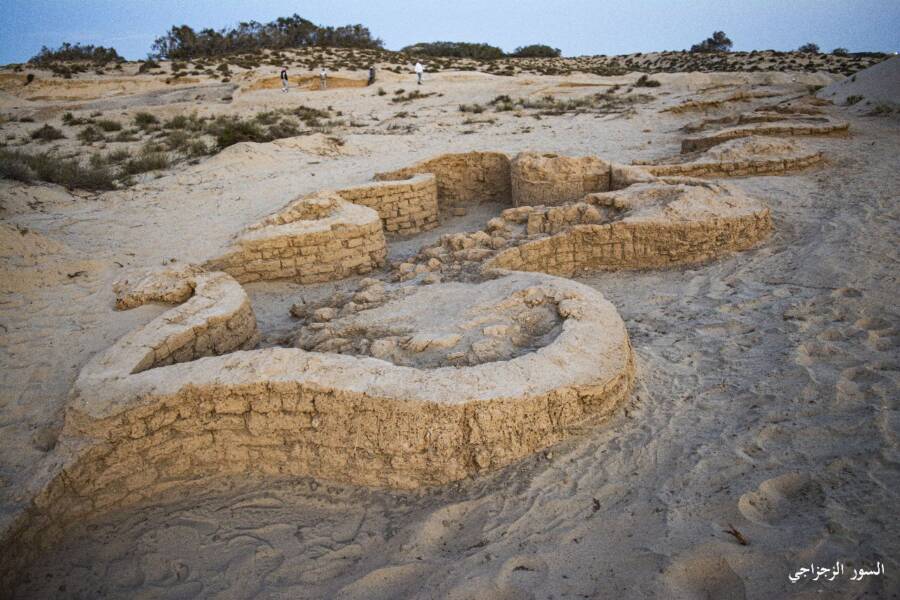
Egyptian Ministry of Tourism and AntiquitiesThe fortress was constructed to protect ancient Egypt’s eastern borders.
During excavations at the Tell El-Kharouba archaeological site in Egypt’s Sinai Desert, archaeologists found a network of stone walls and other artifacts that they say were once part of a fortress — but not just any fortress. The ancient site sprawls across 85,000 square feet, the equivalent of over half a city block, and once protected vital trade routes.
Not only does it demonstrate the “brilliance” of ancient Egyptian rulers, but it also offers insight into how Egyptian soldiers lived 3,500 years ago.
The Sprawling Fortress In The Sinai Desert
According to a Facebook post from the Egyptian Ministry of Tourism and Antiquities, the ancient fortress was uncovered during excavations at the Tell El-Kharouba archaeological site in the northern Sinai Desert, close to where another (far smaller) fortress was discovered in the 1980s.
The structure, which spans an area of 85,000 square feet, was used more than 3,000 years ago during ancient Egypt’s New Kingdom period (1550 B.C.E. to 1070 B.C.E.). And it was once a truly impressive site.
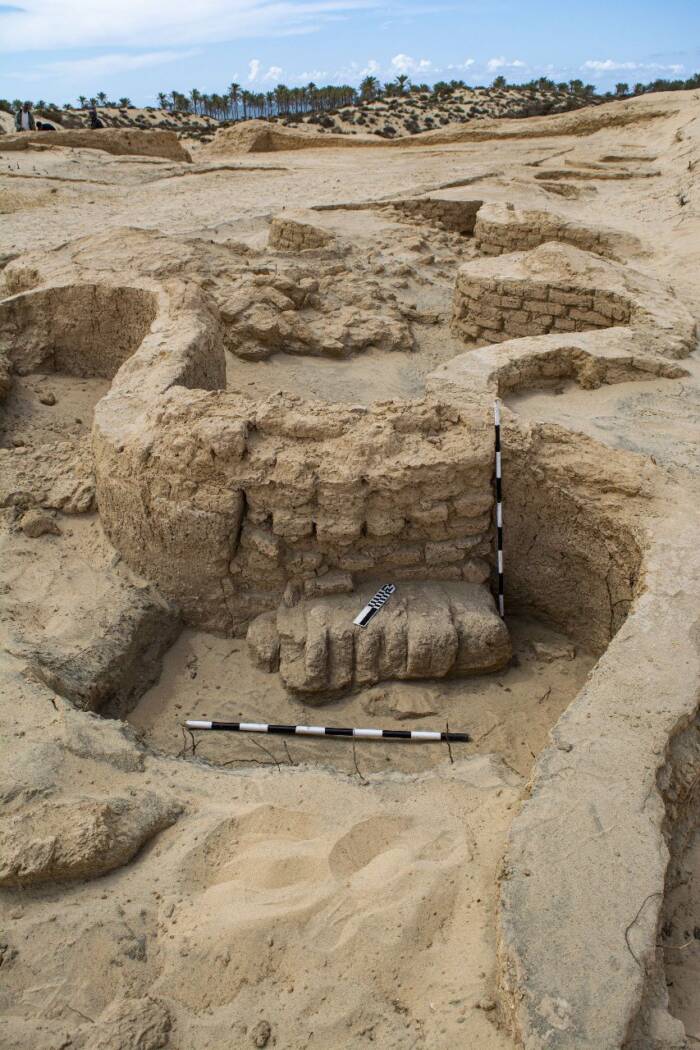
Egyptian Ministry of Tourism and AntiquitiesThe ruins of the fortress, which were found close to another fortress discovered in the 1980s.
Battling sand dunes at times, archaeologists uncovered the fortress’s north and northwestern walls as well as its southern wall, which is roughly 340 feet long and eight feet wide. Archaeologists also documented 11 defensive towers and the ruins of what was once an almost 250-foot-long zig-zagging wall on the side of the fortress. This wall ran north to south along the edge of a residential center where ancient Egyptian soldiers once lived.
During excavations, archaeologists additionally collected pottery dating back to ancient Egypt’s 18th Dynasty (1550 B.C.E. to 1295 B.C.E.), as well as a vase hand-stamped with the name of Pharaoh Thutmose I, who ruled from 1506 B.C.E. to 1493 B.C.E. They also found volcanic rock that may have been imported from ancient Greece, as well as a bread oven and petrified dough.
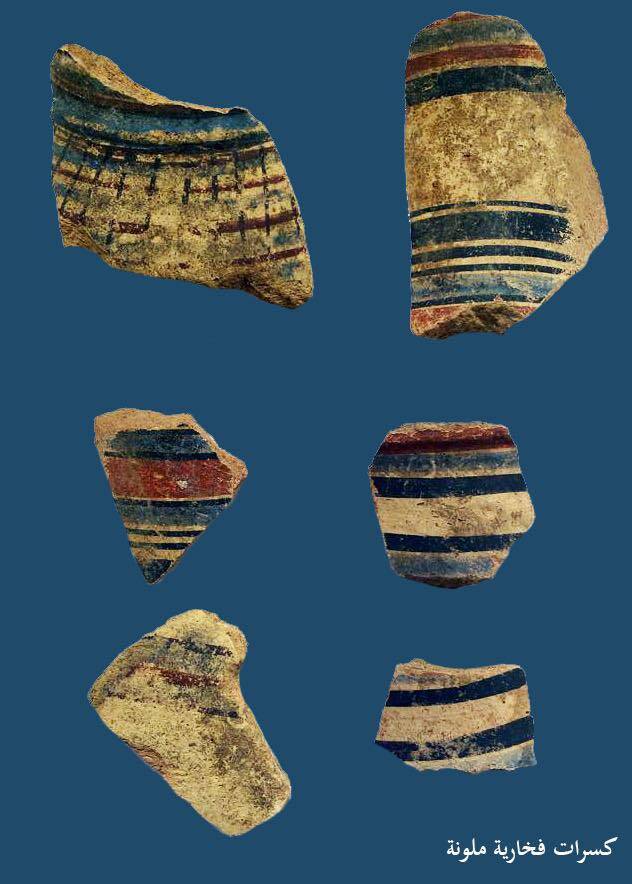
Egyptian Ministry of Tourism and AntiquitiesShards of pottery that were found during excavations of the fortress in Tell El-Kharouba.
The fortress was thus evidently an important “center of the soldiers’ daily life.” But it also served a larger purpose for ancient Egypt.
How The 3,500-Year-Old Fortress Protected Egypt’s Border
Located today near the Gaza Strip, the fortress at the Tell El-Kharouba archaeological site once stood near a vital Bronze Age trade route called the Via Maris, or Way of Horus. Running along the Mediterranean Sea, it connected ancient Egypt to Syria, Anatolia, and Mesopotamia.
According to the Egyptian Ministry of Tourism and Antiquities, the fortress “underlines the splendor of the military planning of the modern state’s kings, who built a series of fortresses and defensive fortresses to protect Egypt’s eastern borders and secure the most important strategic routes that linked ancient Egypt to Palestine.”
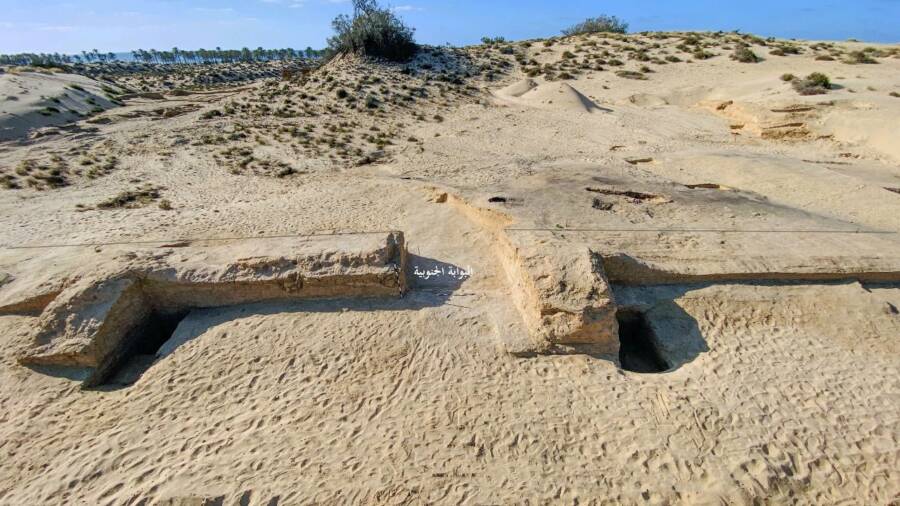
Egyptian Ministry of Tourism and AntiquitiesWalls of the ancient fortress, which once guarded a vital trade route during the Bronze Age.
Dr. Mohamed Ismail Khaled, Secretary-General of the Supreme Council for Archaeology, noted that the excavation of the fortress is an important step in forming a “complete picture of the Egyptian network of fortresses on the eastern border.” He also remarked that the discovery “confirms that the civilization of Egypt was not limited to temples and tombs, it was a state of powerful institutions capable of protecting its land and borders.”
As such, the fortress is a stunning discovery on several different levels. Constructed during a “golden age” of ancient Egypt, it played an important strategic role in protecting vital trade routes and showed an ingenuity of architectural design. At the same time, artifacts like the bread oven and the fossilized dough offer a peek into the lives of Egyptian soldiers.
Further excavations are planned at the site, and archaeologists are hoping to uncover fences and other associated structures. Hopefully, they’ll soon have an even more complete picture of the fortress itself and the role it played in Egypt 3,500 years ago.
Auto Amazon Links: No products found.
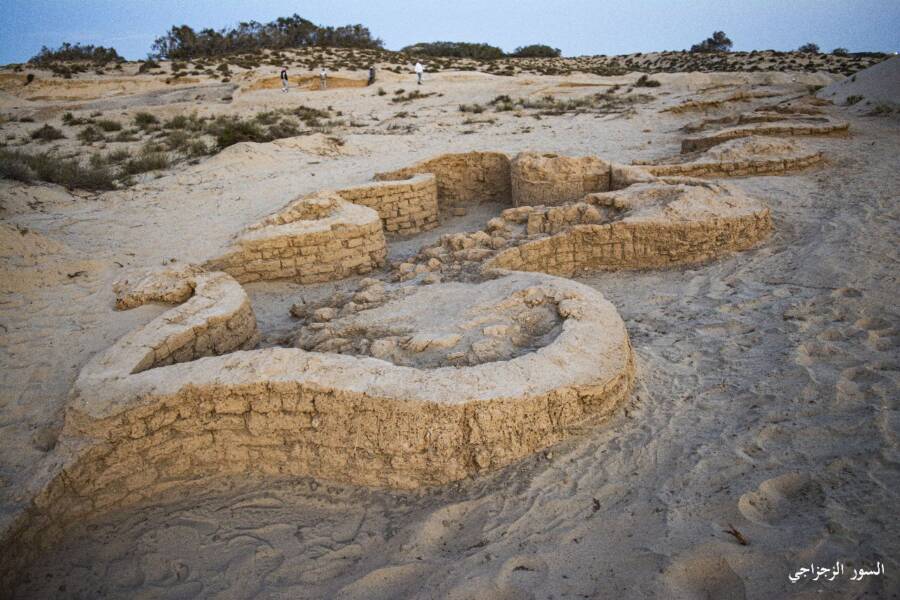




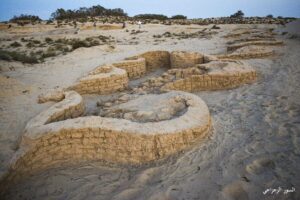









Post Comment